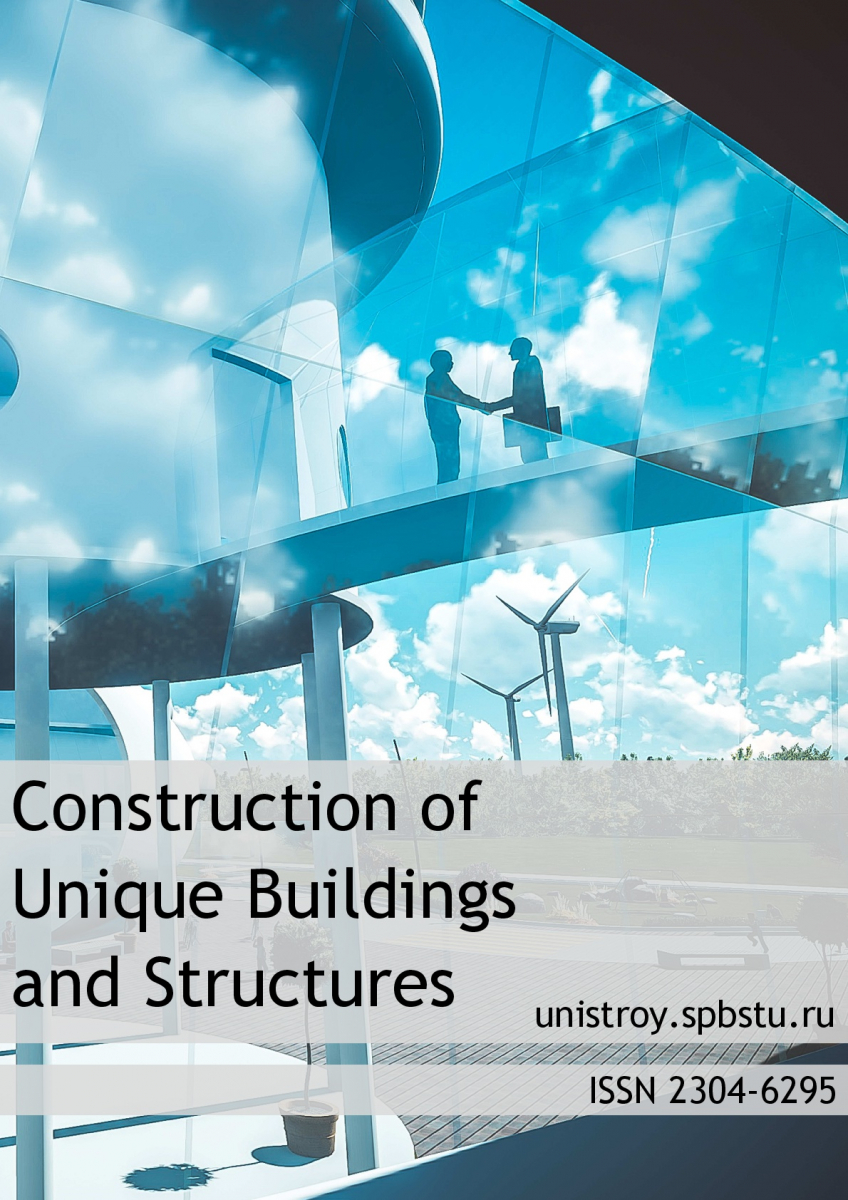Effect of different materials and additives on concrete durability
The object of research is the durability of concrete in construction, particularly in environments with high sulfate level attack, chloride exposure, or elevated CO₂ reasons. This work aims to examine how specific additives will perform a durability of concrete under these conditions. Experiments assessed concrete samples with varying compositions, focusing on additives that enhance strength and resistance and highlighted the need for specific additives to optimize concrete structure and to mitigate the environmental effects. Method. To evaluate the impact of these materials and additives on concrete's durability and strength, a series of laboratory experiments were conducted. Concrete samples were prepared with varying percentages of the following additives: Plasticizers, Superplasticizers, Air-Entraining Agents, Silica Fume, Fly Ash, Ground Granulated Blast Furnace Slag (GGBFS), Metakaolin, Limestone Powder, Nanomaterials, Zeolites, Polypropylene Fibers, Steel Fibers, Chloride-Resistant Admixtures, Corrosion Inhibitors, High-Performance Concrete (HPC) Admixtures, Activated Fly Ash or Metakaolin, and Bio-based Admixtures. Results. The incorporation of various additives generally enhanced the concrete's strength, with the extent of improvement highly dependent on the additive type and its concentration. While silica fume and GGBFS stood out for their superior performance, other materials like fly ash, nano-additives, and bio-based admixtures also demonstrated significant potential for improving concrete strength under diverse conditions. Overall, this study systematically evaluated 16 concrete additives (SCMs, fibers, chemical/bio-admixtures) through laboratory experiments (w/b = 0.35−0.45) under sulfate/chloride/CO₂ exposures. © The Author (s) 2025
.png)


